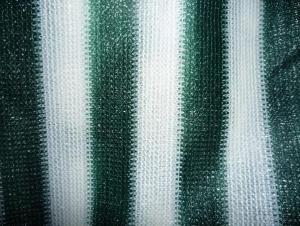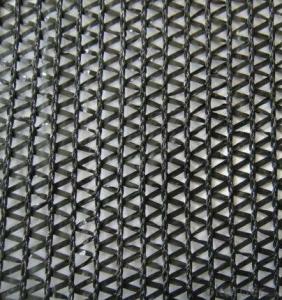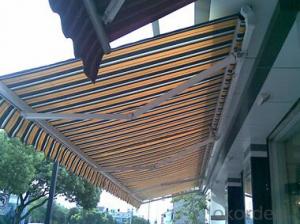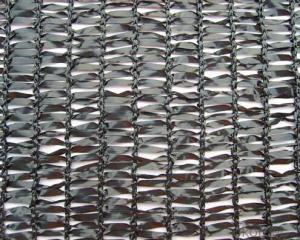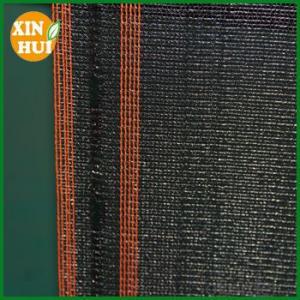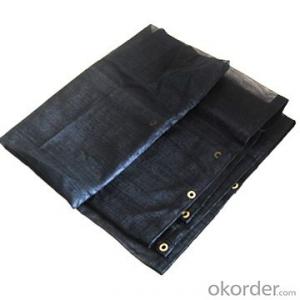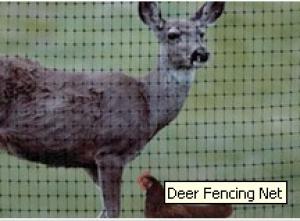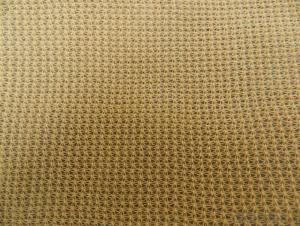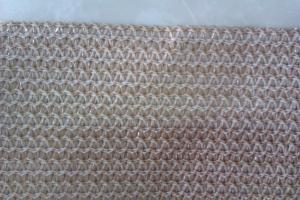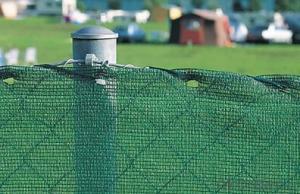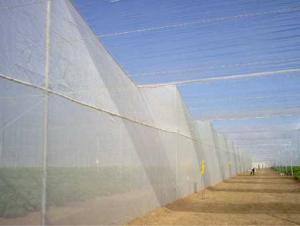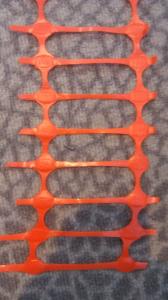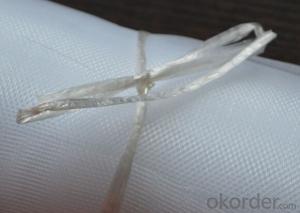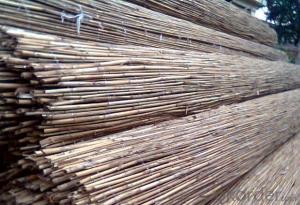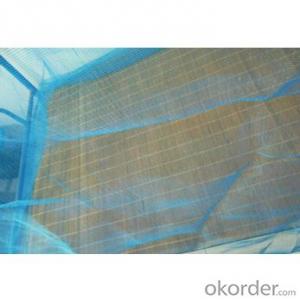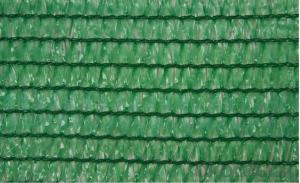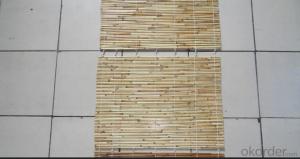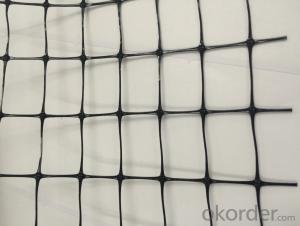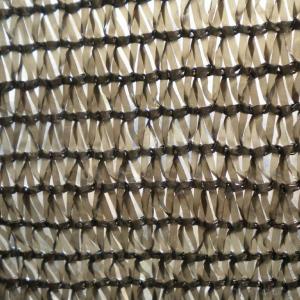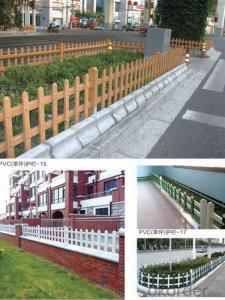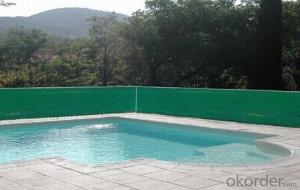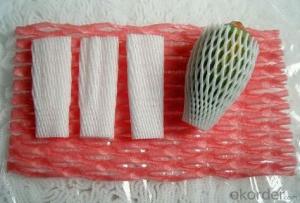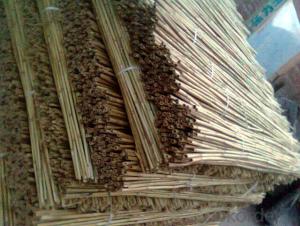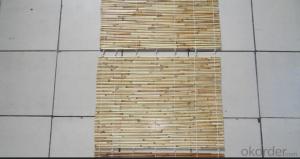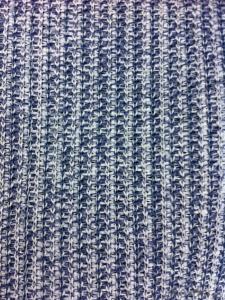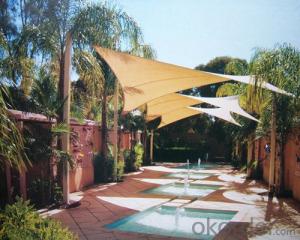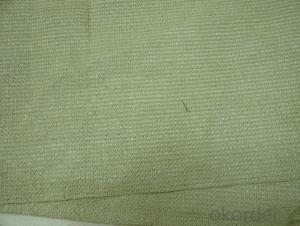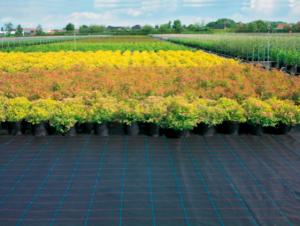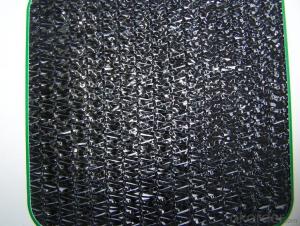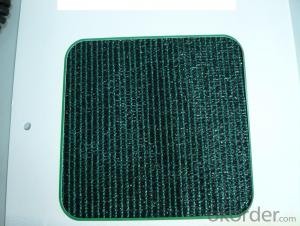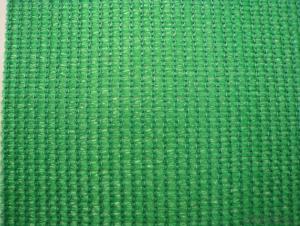Plastic Garden Netting Fencing
Plastic Garden Netting Fencing Related Searches
Garden Plastic Netting Plastic Netting For Gardens Black Plastic Garden Netting Plastic Garden Netting Uk Green Plastic Netting Barrier Fence Netting Plastic Safety Netting Garden Plastic Sheeting Plastic Wire Netting Garden Screen Netting Clear Plastic Netting Plastic Netting Nz Plastic Deer Netting Plastic Netting Uk Protective Netting Plastic Mesh Deer Fencing Heavy Duty Plastic Mesh Fencing Rigid Plastic Netting Pvc Fencing Plastic Fence Mesh Flexible Netting Green Plastic Fencing Roll Poly Tube Netting Protective Plastic Sheeting Led Garden Lighting Steel Mesh Fencing Panels Garden Bench Recycled Plastic Wrought Iron Fencing Wireless Garden Lighting Recycled Plastic Garden BenchPlastic Garden Netting Fencing Supplier & Manufacturer from China
Plastic Garden Netting Fencing is a versatile and durable product designed for various gardening and landscaping purposes. Made from high-quality plastic materials, it is known for its resistance to weathering, rot, and pests, making it an ideal choice for long-lasting protection and support in gardens and outdoor spaces. This netting fencing is available in different mesh sizes and colors, allowing users to select the most suitable option for their specific needs.The application of Plastic Garden Netting Fencing is extensive, as it can be used for a multitude of purposes such as protecting plants from pests, providing support for climbing plants, and creating decorative boundaries in gardens and lawns. It is also commonly used in agricultural settings to protect crops from birds and other animals, as well as for creating secure enclosures for pets and small animals. Its lightweight and easy-to-install nature makes it a popular choice for both homeowners and professional gardeners alike.
Okorder.com is a leading wholesale supplier of Plastic Garden Netting Fencing, boasting a vast inventory that caters to the diverse needs of customers worldwide. By offering a wide range of options in terms of size, color, and mesh type, Okorder.com ensures that customers can find the perfect netting fencing solution for their specific requirements. With their commitment to quality and customer satisfaction, Okorder.com has established itself as a reliable source for purchasing Plastic Garden Netting Fencing at competitive prices.
Hot Products
